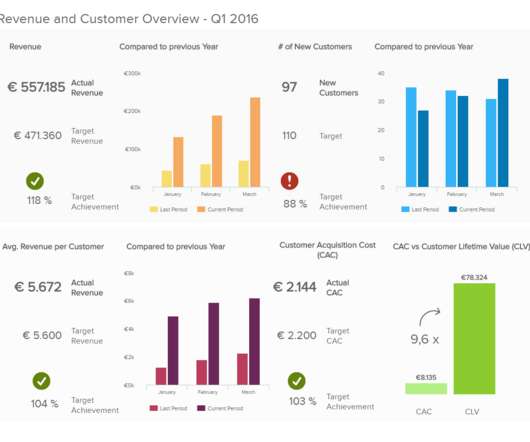12 Jobs That Are Booming in the Age of Big Data
Smart Data Collective
JANUARY 27, 2022
Did you know that big data consumption increased 5,000% between 2010 and 2020 ? Big data technology is changing countless aspects of our lives. A growing number of careers are predicated on the use of data analytics, AI and similar technologies. This should come as no surprise. Genetic Engineer.

















Let's personalize your content